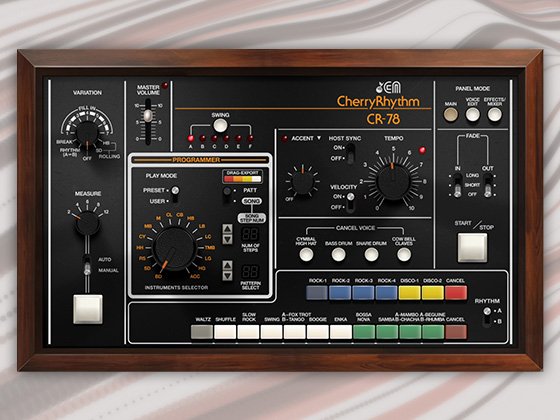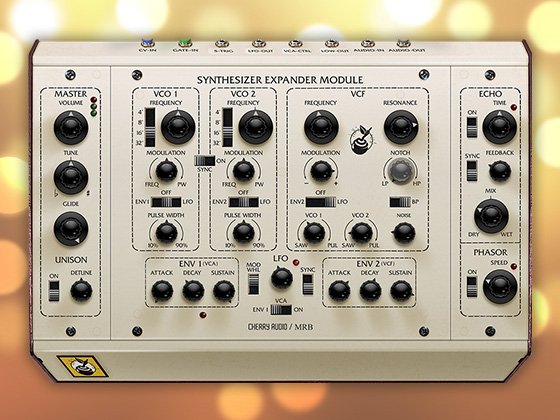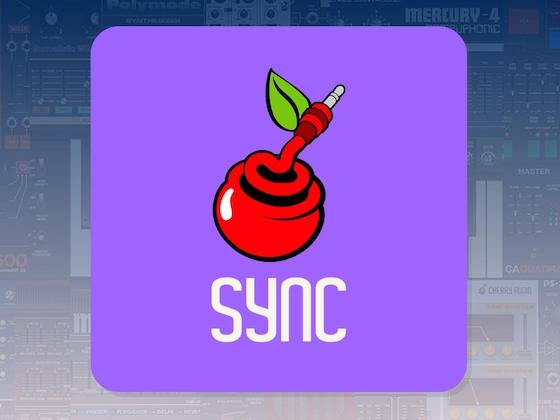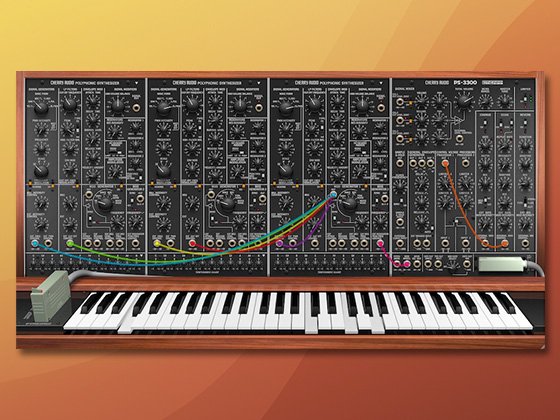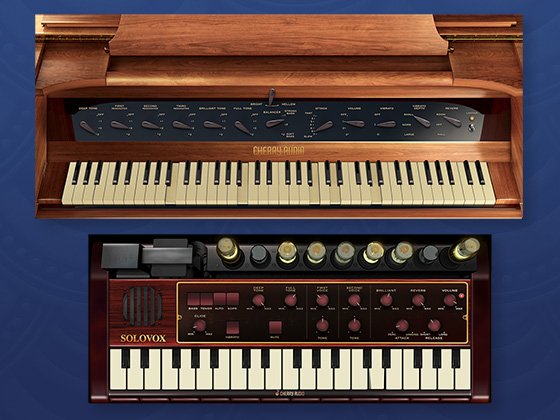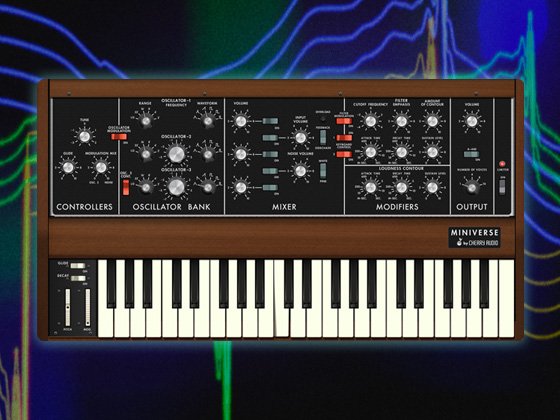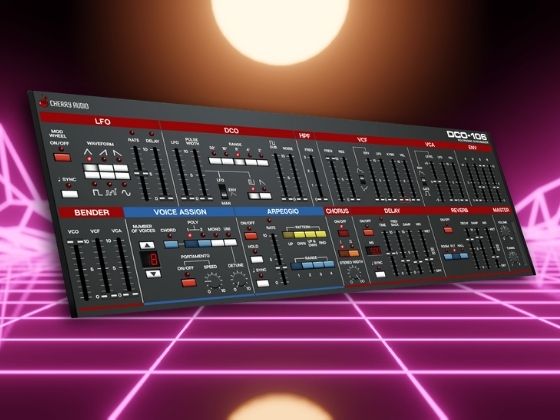Manufacturer: Benard
$15.00
This module allows you to set extremely long glide times between changing CV values. The glide values can go all the way up to 24 hours, and they can easily be input using different time units. It is great for experimentation and for animating patches at very slow rates for all kinds of generative purposes, especially at meso or macro time scales.
The glide time for each of the two channels is set with the white knob. The displayed values will depend on the state of the range switch, as well as the multiplication toggles on the right, which will scale the length by 1, 10 and 100. If you want to enter a specific time value when double clicking the knob, type in the number followed by the unit: s or nothing for seconds, m for minutes, and h for hours. So if you want a glide of one hour, simply type 1 h and hit enter. But keep in mind that the upper limit will always be restricted to the range determined by the switch and toggles.
The glide value will only be updated when a new input value is received. So if you change the glide time via the knob, the switch or the toggles while a glide is taking place, it will not take effect until a new input value is received. However, you can reset the glide time without sending a new input value by pushing the reset button on the left. This will reset the glide time and the signal will now move from the current value to the old target (the last changing input value) in the newly selected amount of time.
In most cases you will want to manually send a new value to the input, via a triggered CV generator such as Random Values or Tendency Mask, as usually any clocked interval will be shorter than the long glide times of the module. But it also allows for shorter glide values, which can be used for gliding the notes of a sequencer at a low BPM for example.
There is also an output (EoG) that sends out a trigger when the glide has finished. You can use this to trigger other events, but also to retrigger a new value to be sent to the input, for example by sending the trigger to a Random Values module and connecting its output to the Glacial Glides input to produce very slowly changing signals that will continue to evolve indefinitely.


























